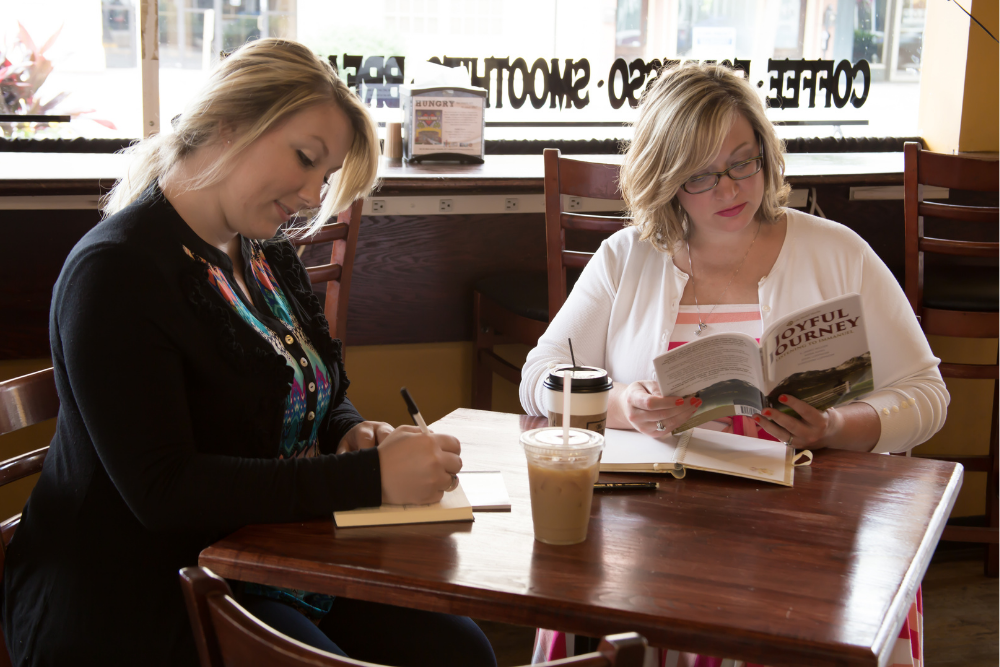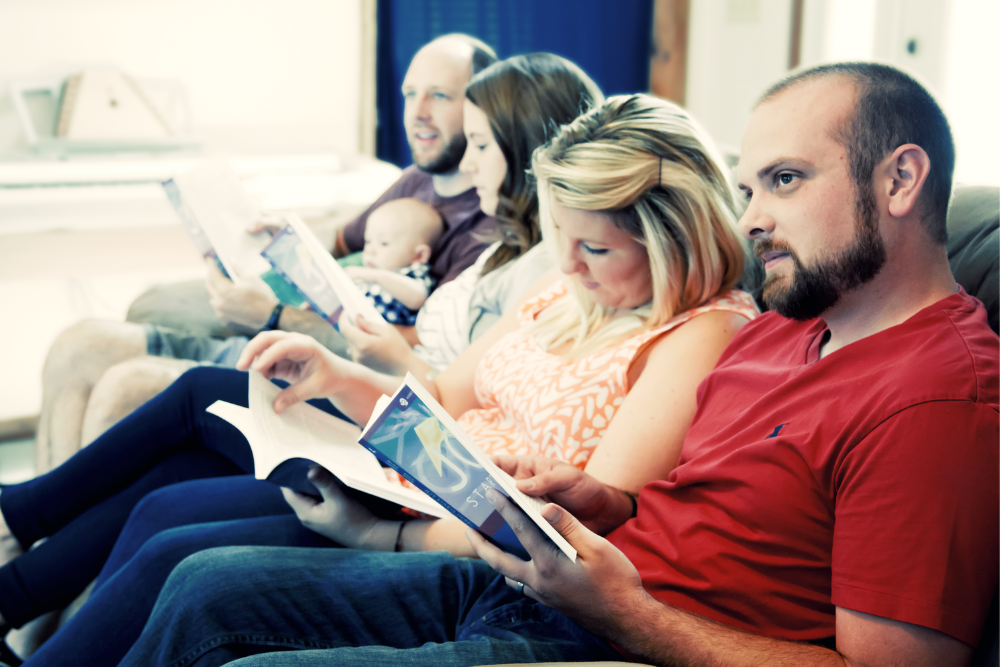Imagine this for a moment: you’ve been tasked with building a model airplane, but you’ve never seen a real airplane and you’re not at all sure what all these parts in front of you actually do.
You pick up a propeller in your hand and you look at it from every different angle and ponder how it might fit together with the rest of the parts on the table before you. This is going to be harder than you thought.
Sometimes I think this is a lot like what we are all doing when it comes to our emotional lives!
Many of us have been tasked with putting something together even though we have no basic idea of what a working system should look like in the first place.
In regards to building model airplanes, we can all see the value in having an example of what you’re aiming for, but sometimes that’s not even enough.
Seeing what I’m aiming for doesn’t always guarantee I’m gonna hit the mark. Sometimes we need instructions to go along with our example. We might also need someone else to come and show us how they put theirs together.
When it comes to our emotional world, we also need all 3 of these things.
- A Picture is worth a thousand words
Here in the western world, pictures- both moving and still- seem to attract a lot of attention. In our social media posts- those with images catch our eye. We spend a small fortune every year on watching movies and television, and we buy products with pictures of cute snuggly bears before we buy products with only words on it.
Our brain is geared this way. Our brain is attracted to images, it’s one of the right hemisphere’s favorite things. That – and being responsible for all of our emotional states and whether or not we can access the left hemisphere’s information files!
In the realm of emotional health, a picture of what it looks like to be emotionally healthy is probably not what you think. Emotional health doesn’t look like all smiles and no problems. It doesn’t look like “only positive emotions”.
In fact, emotional health looks more like freedom to feel than anything else.
I remember my first taste of emotional health that looked like this. I was probably only 3 years old, and my mother, only 18 herself, took me to the train tracks with her once when she was upset. We sat on the car and screamed as the train rushed by us. I could see all sorts of emotion in her face, and I felt completely free to have my own feelings about that.
Now, you may be thinking that this sounds like an unhealthy or immature way to express emotions, but for me and for her it was exactly what felt right. I learned on that day that my mom wasn’t only going to be there for me when I was in a good mood. I learned about being glad to be together in the middle of strong negative emotions. Our screams soon turned to laughter as we made eye contact in the middle of this exercise.
During that time, I knew that I was allowed to feel. I was allowed to be sad, to be angry, to be afraid- and it was all going to be okay. The train was going to pass by and then we’d just sit quietly together, glad to be together and totally comfortable in our current situation.
My brain had a picture to hold onto- of my mother feeling her emotions. That picture gave me permission to feel my own as I grew up.
- Instructions are good
Looking back at this memory, I’m pretty sure my mom didn’t read this tip in a parenting magazine. She didn’t have access to as many resources of “information” as I had when I became a parent. I however, have had lots of time to read “instruction manuals” in regards to emotional health.
Reading “information” about this topic is food for my left brain! My left brain loves to gather words, process words and incorporate words and thoughts coherently. My left hemisphere thrives on making sense of things and instruction manuals USUALLY do that.
The best emotional health instruction I’ve come across is Dr. Karl Lehman’s book Outsmarting Yourself. His description of what happens inside of our brains and our memories helps me make sense of things on a regular basis. I’m so thankful for this instruction manual because it reduced the amount of time I might have spent trying to figure things out on my own!
- Apply it to real life
I can’t even count the number of times I’ve been listening to a lecture or reading material that seemed totally logical but wondered to myself, “yeah, but what’s that like in REAL life?”.
I usually need more than just directions. I need to get my hands dirty. I need to be given the time and the chance to experience each step of the way for myself.
I can take the pictures and the instructions and sit down and say, “Okay, now let’s DO this”. Whether it’s a model airplane, or our emotional health, having someone there who’s done it before is really crucial. But that doesn’t mean that they do it for me. They are just there to guide me through it, and point out how my “pictures” and “instructions” apply in the here and now.
ithout the guidance of someone else, I can get stuck easily. Without the support of someone else I might even apply my “information” wrong.
Emotional health might be all about what goes on inside of my head- but it takes more than just MY head to get it right.
God designed our brains to work in tandem.








